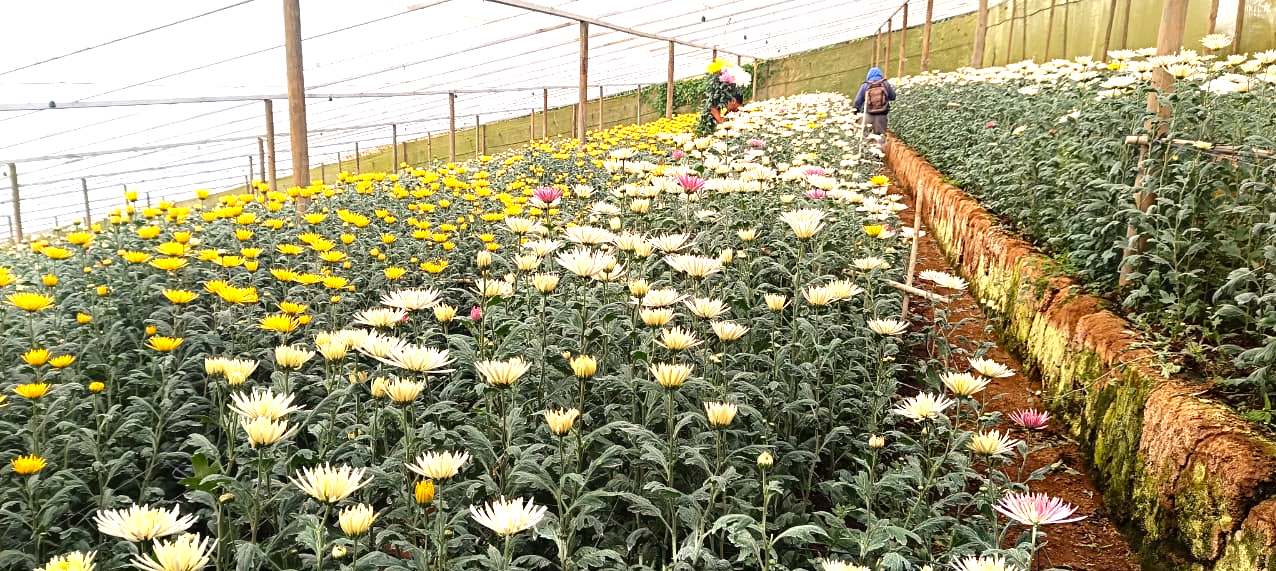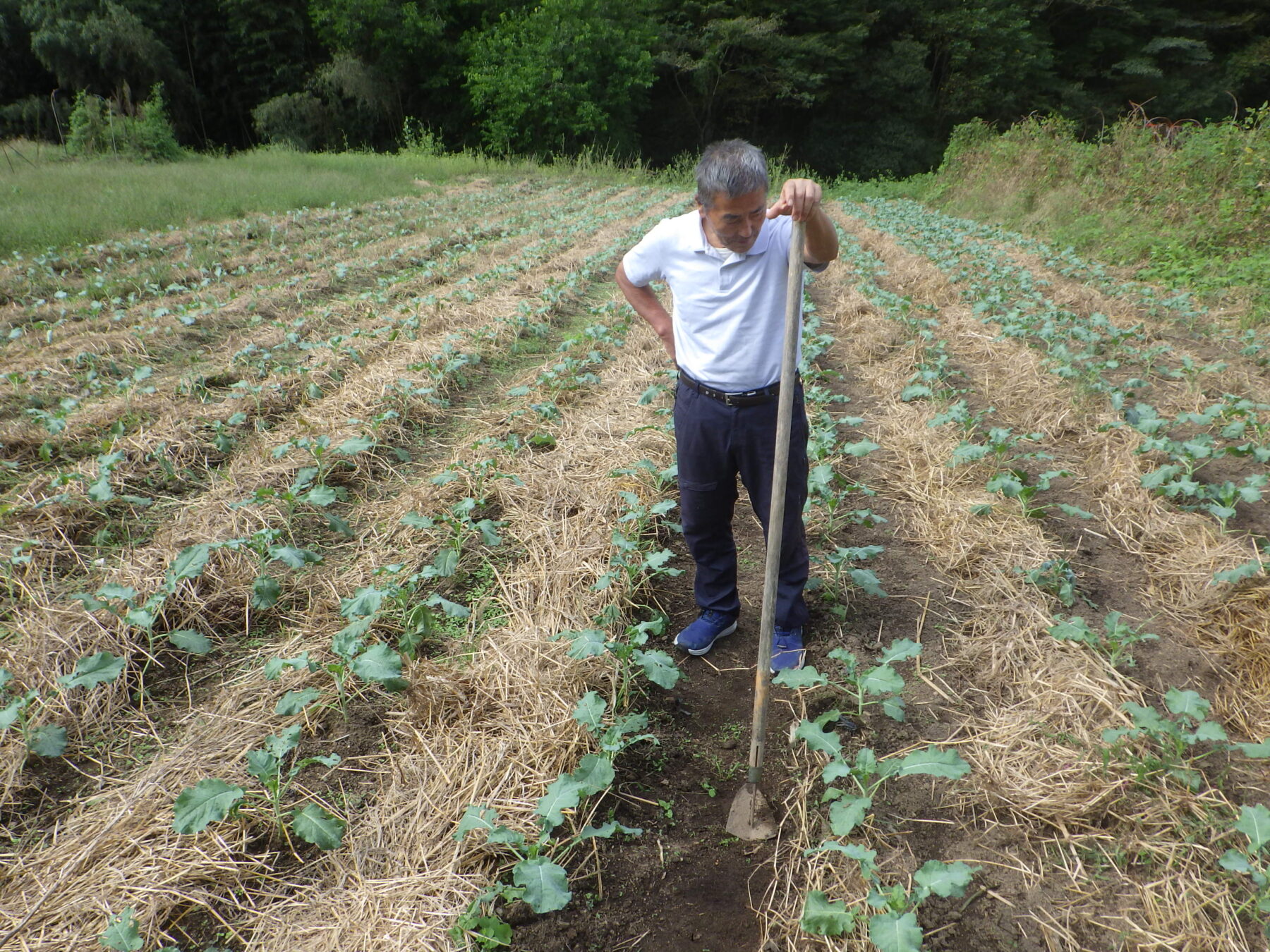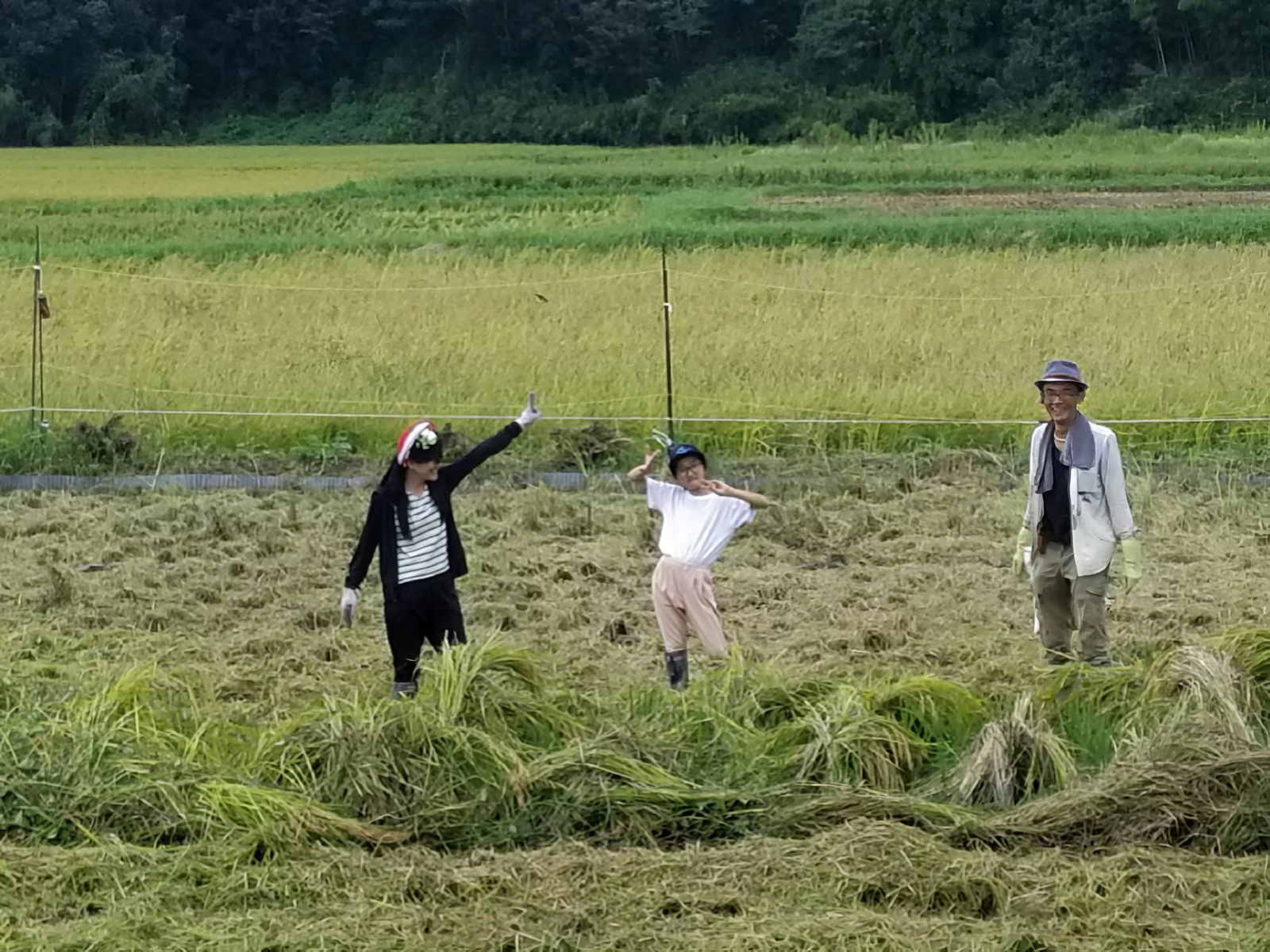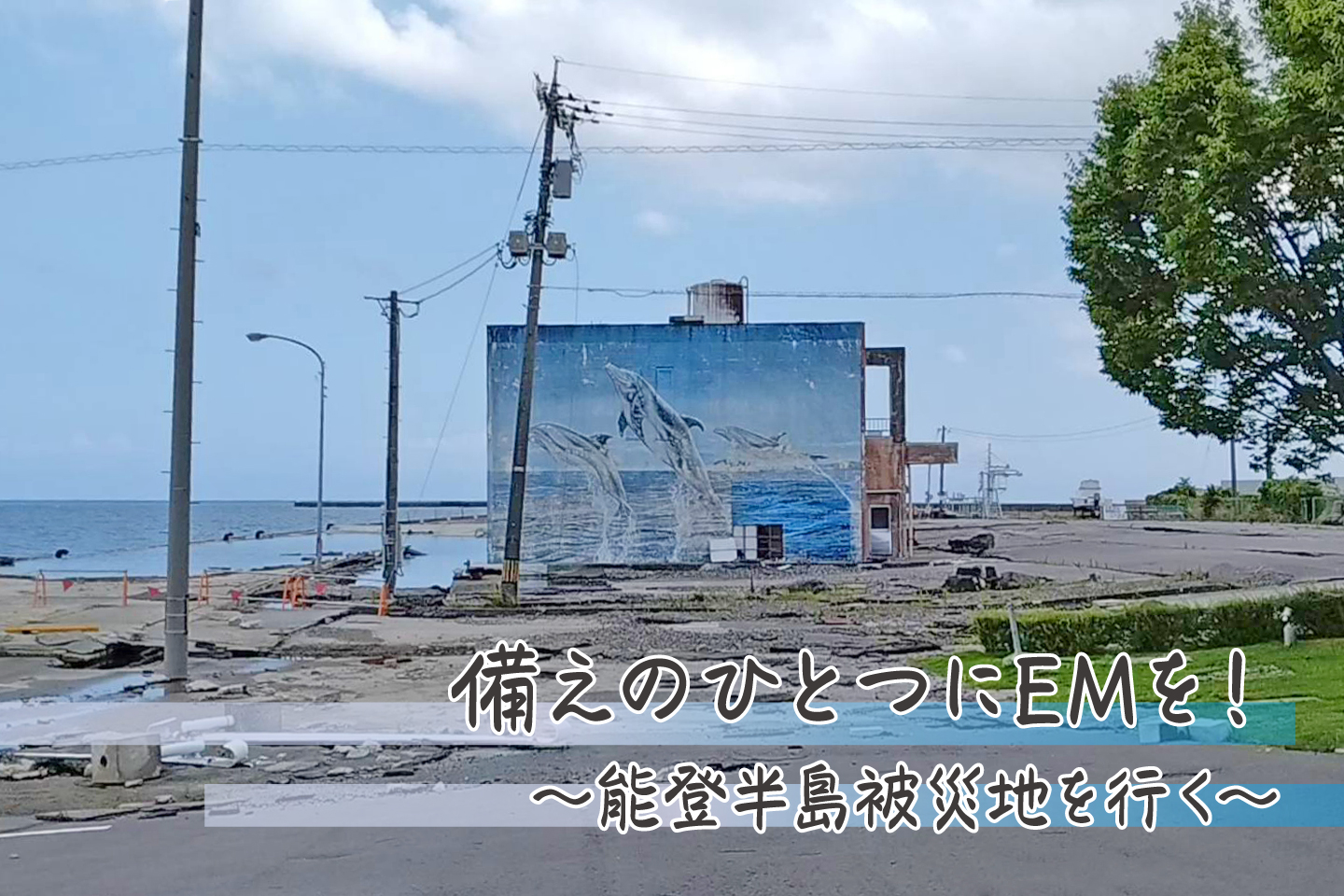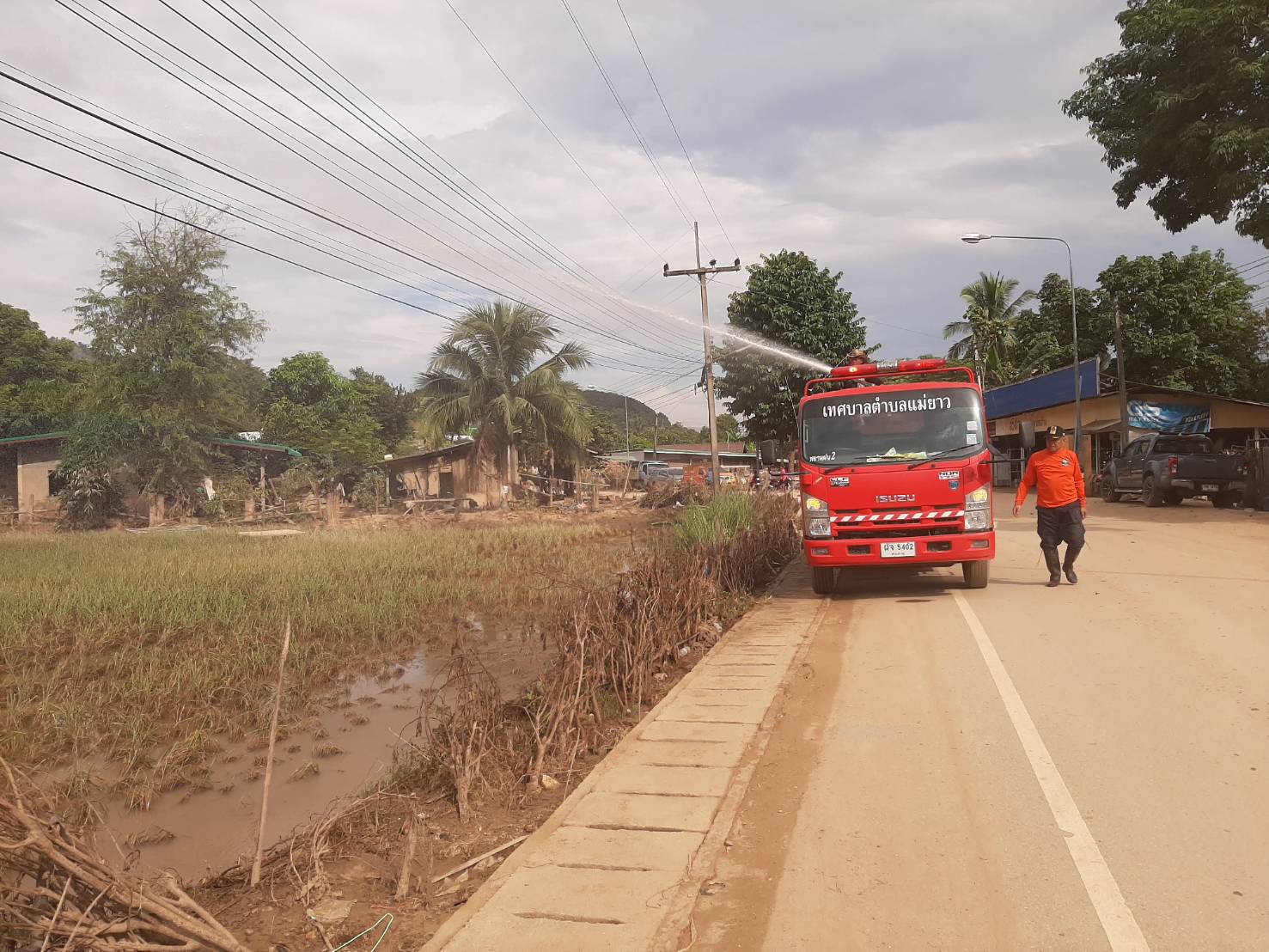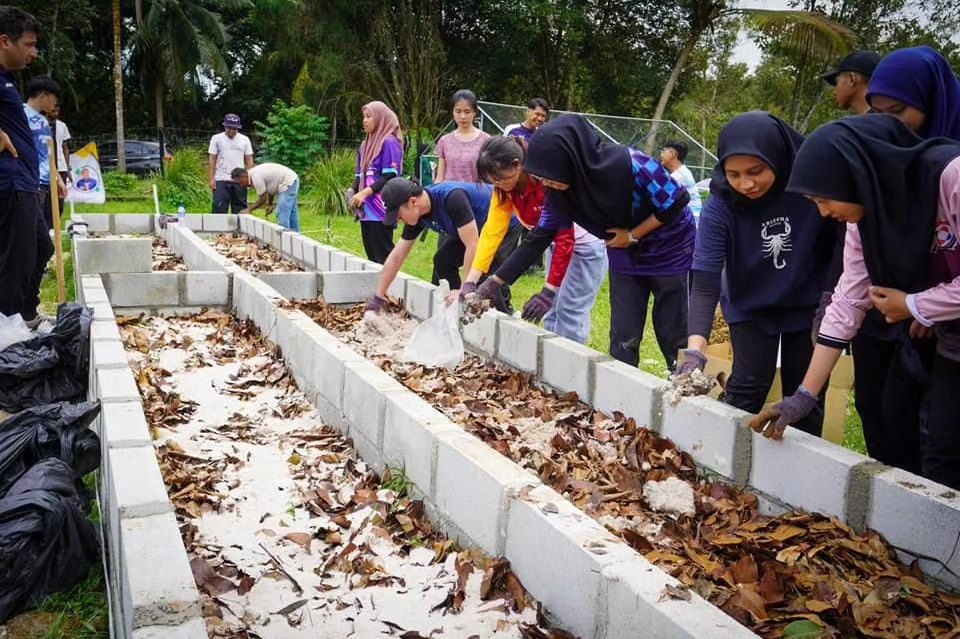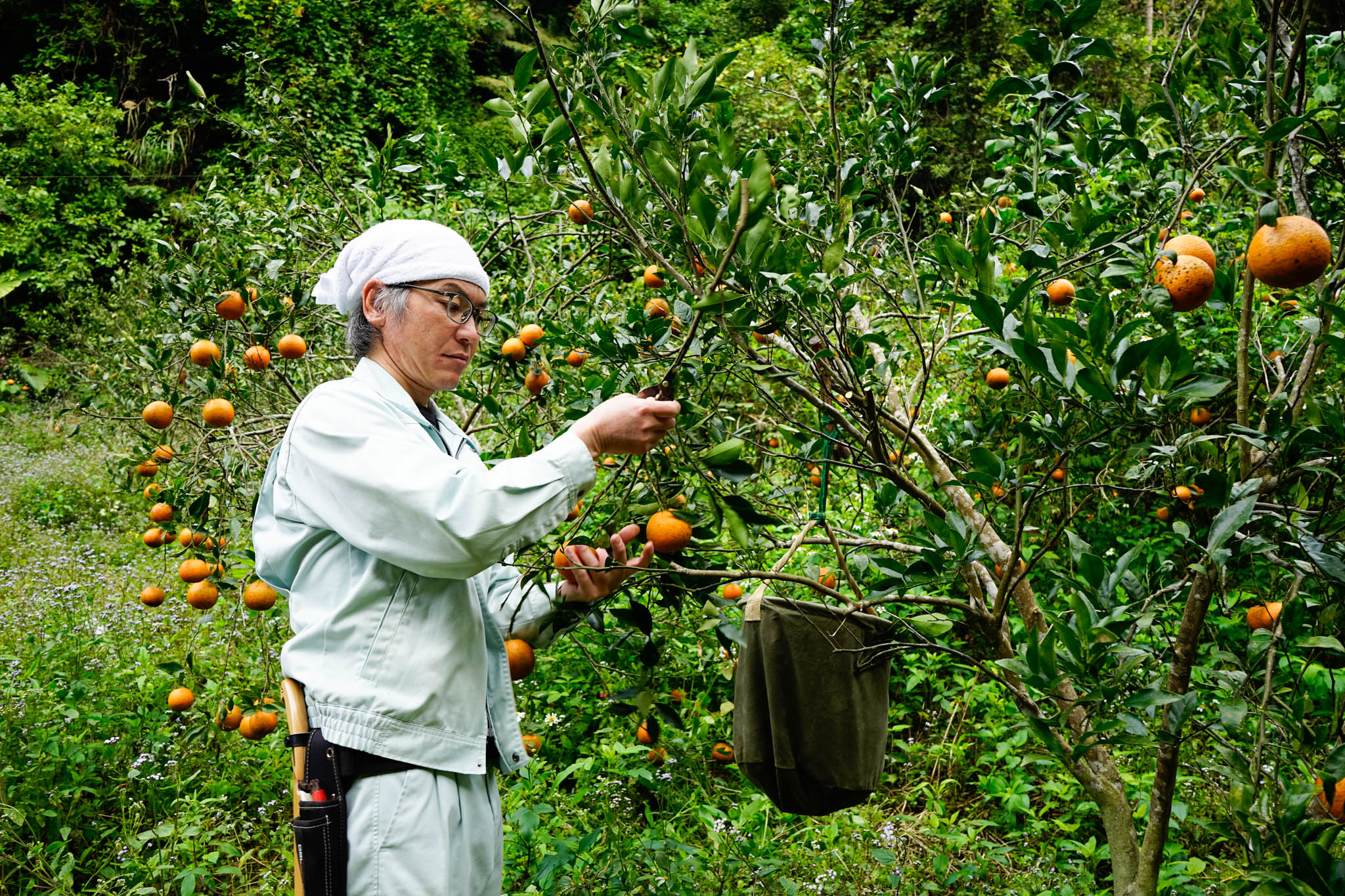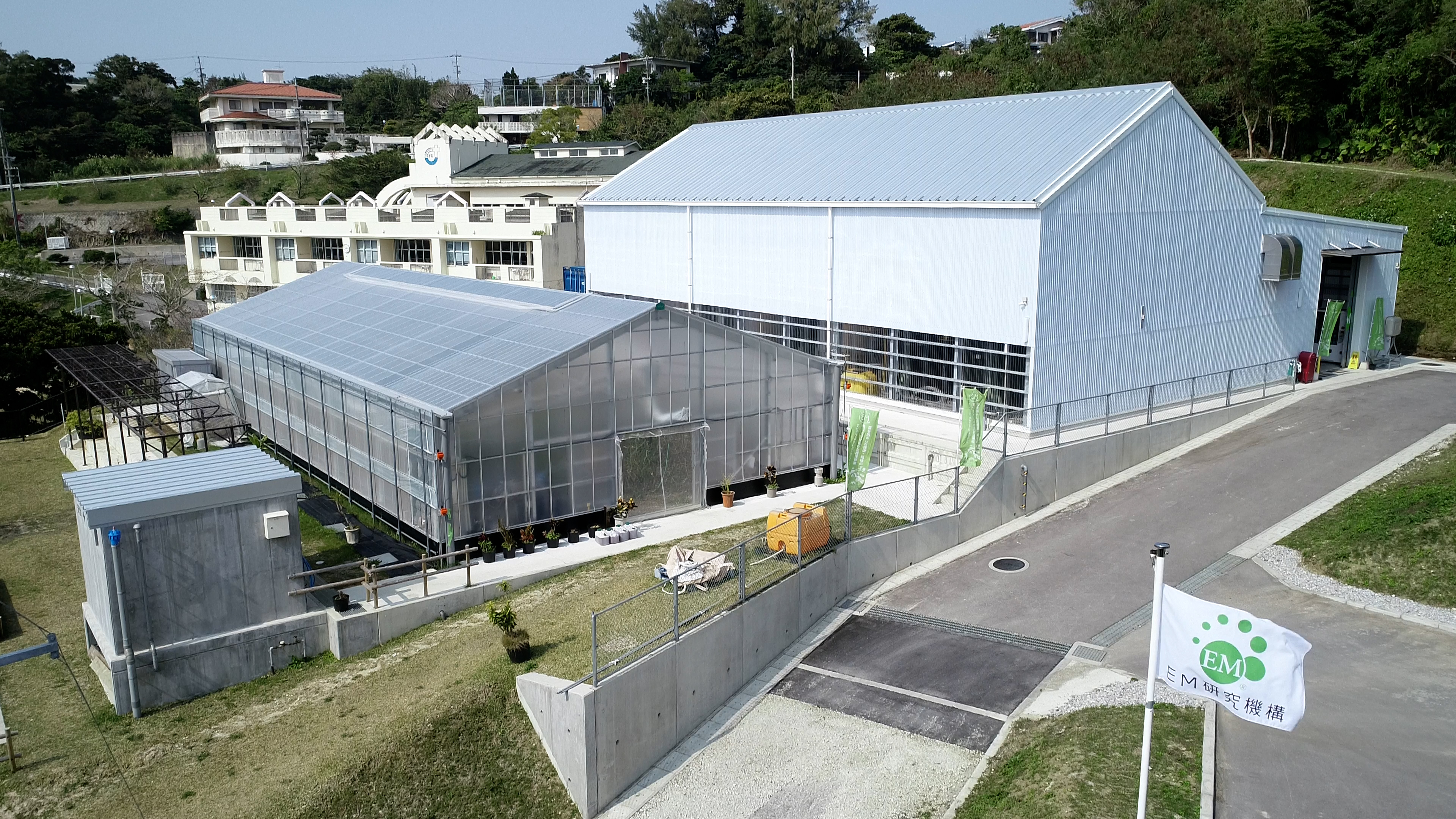Case Studies
A Cucumber Farm Quickly Recovered After the Nuclear Plant Accident in Fukushima
Fukushima, Japan
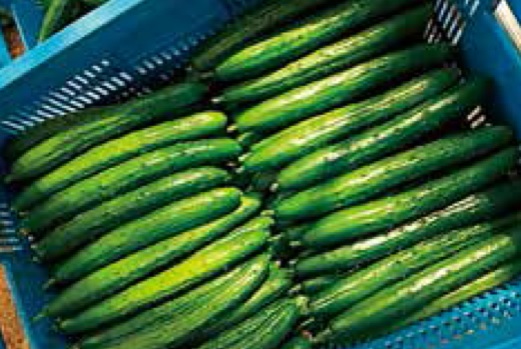
Business Overview
When the Great East Japan Earthquake and Tsunami struck the Eastern area of mainland Japan on March 11, 2011, the EM Support Project Team stood up to support the damaged areas, providing with EM materials and technical support.
The EM Support Project Team supported the EM farmers and farmers interested in EM Technology.
Mr. Ishii is one devoted EM farmer who was also affected by the nuclear plant accident in Fukushima after the tsunami hit.
Mr. Ishii was engaged in construction business when he met with EM Technology in 1993 by running into Prof. Higa's book "An Earth Saving Revolution". Three years later, he shifted to farming, growing varities of vegetables in a famland of 400Ha located in his home town, Sukagawa city in Fukushima prefecture.
Sukagawa city is well-known for producing cucumbers under a nationwide brand named "Iwase cucumber". These cucumbers are popular for their deep green color and the softness. Mr. Ishii started to cultivate them in 2001. In 2008, he extended his business and his cucumbers reached famous high-end supermarkets in Tokyo. Mr. Ishii's business seemed to be on track. It was just when he was planing to expand business again that the 2011 tsunami and nuclear plant accident hit Fukushima. Then, everything came to a halt.
As he's been using EM Technology since 90's, fortunately, his production was free of radioactive pollution. However, consumers condsidered his produces as dangerous because they were grown in Fukushima. Mr. Ishii did not give up and kept growing cucumbers totally free of chemicals following his own cultivation method. He is able to grow cucumbers without pesticides, which is generally considered to be very difficult.
After his hard work, the demand in the market gradually grew back, and today, the sales is steadily recovering.
EM Application
Mr. Ishii developed his own method of cucumber cultivation as follows:
1. Cover the sowing box with rice husk charcoal at a height of 5cm.
2. Soak the sowing box in Activated EM・1 (30 fold dilution). (photo 1)
3. Put 1cm of soil over the charcoal and place the seeds, previously soaked in Activated EM・1, in intervals of 2cm from side to side and 8cm from the bottom.
4. When the cucumbers sprouts and the main leaf are about 1cm tall, graft them onto pumpkin plants. Cut the stem of the base pumpkin plant diagonally and insert the cucumbers into it.(photo 2)
The reason of using pumpkins as the base tree is that they are from the same gourd family as cucumbers, and they promote root growth while cucumbers can take the nutrients necessary for growth.
5. When the grafted cucumbers have three and a half main leaves, soak the seedlings in Activated EM・1 (30 fold dilution) and plant them in the field. (photo 3)
Additionaly, fill the planting holes with Activated EM・1 (dilution of 30 fold) in advance.
6. Harvest begins approximately one month after planting.
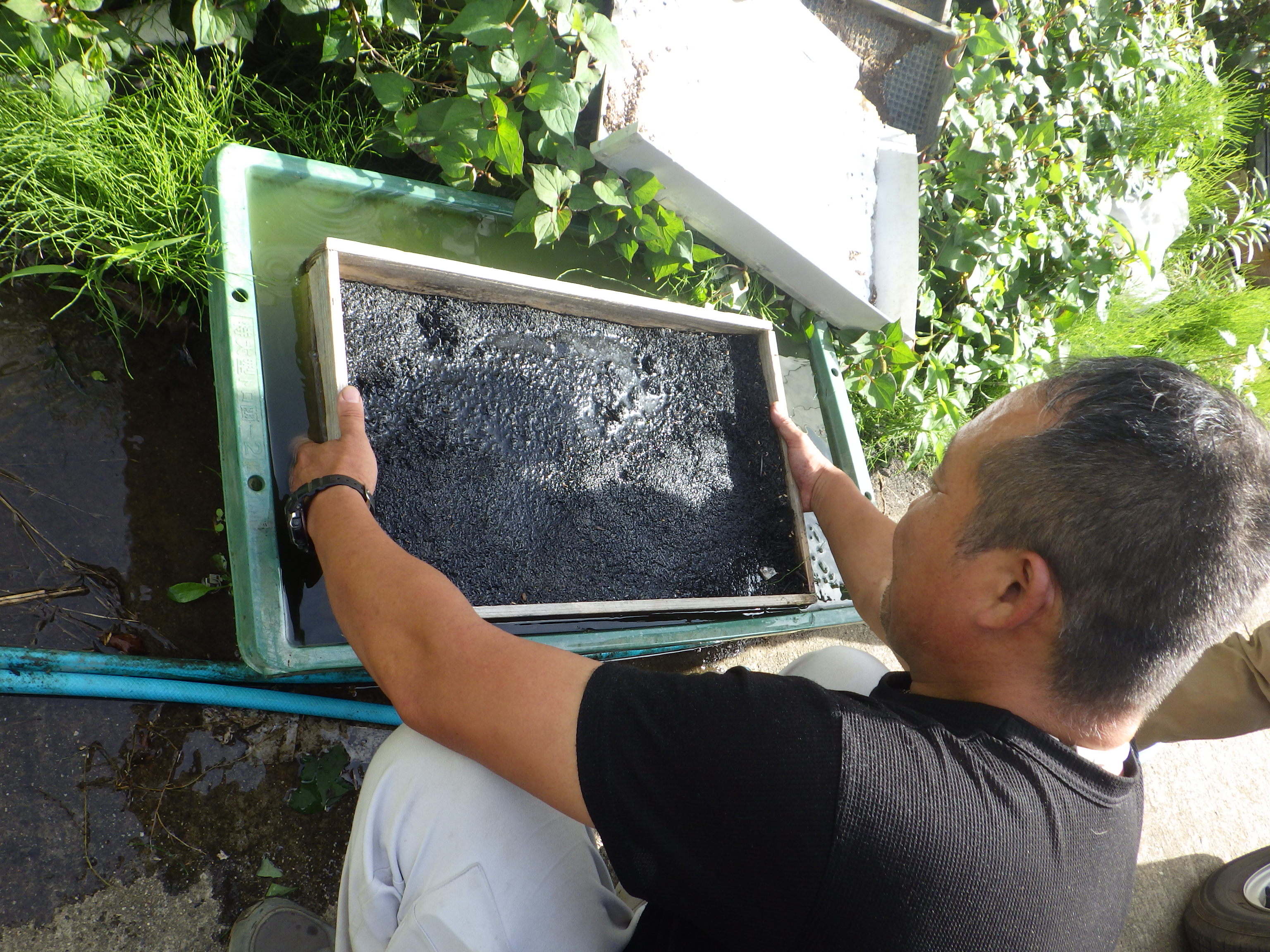
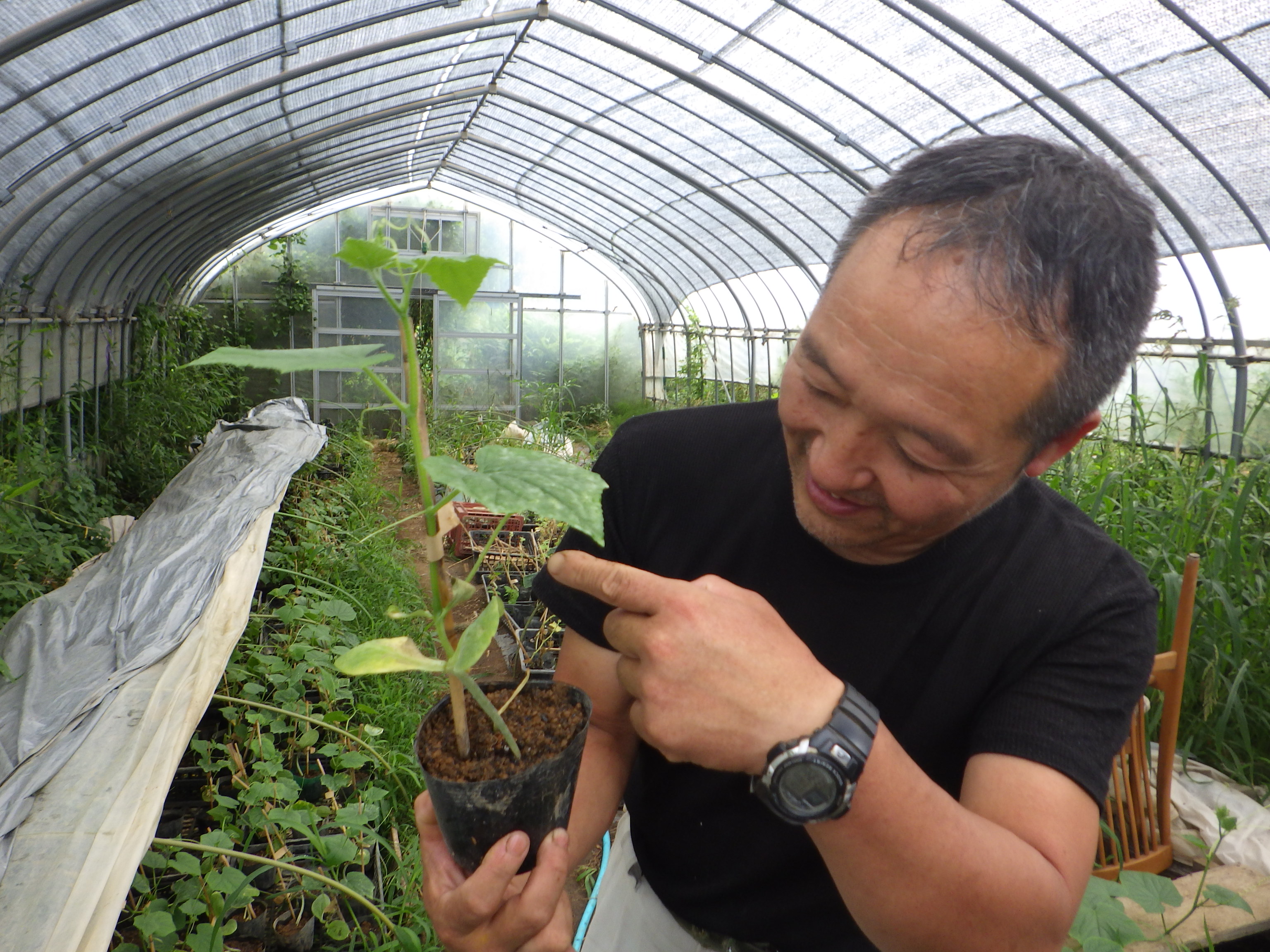
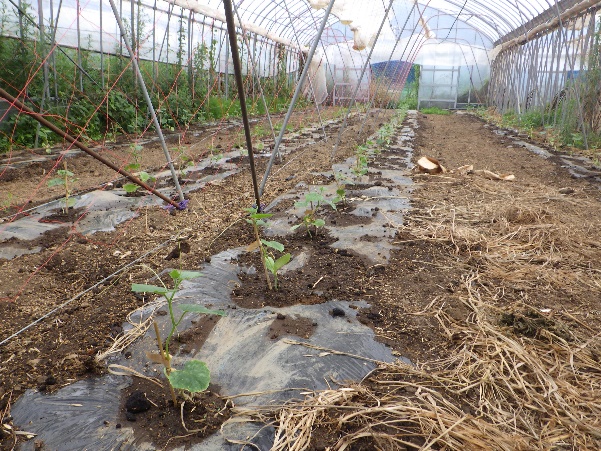
Effects and Results
Cucumbers are easily damaged by pest and disease, making it difficult to get stable harvests. However, by using EM Technology in his own way, Mr. Ishii has successfully got high yield of cucumbers per harvest. Even after the nuclear plant accident in Fukushima, he could get his business back on track.
Moreover, Mr. Ishii has been teaching integrated learning classes at a local elementary school for 17 years. He is teaching the third graders how to grow cucumbers, eggplants, tomatoes and other crops using EM Technology, and teaching the forth graders the basics of EM; funcions of Activated EM・1, EM Bokashi, EM Mudball, how to clean up pools and purify the rivers. These lectures that involve hands-on experience are designed to teach science, social studies and moral values.
Thank to Mr. Ishii activities, the school decided to incorporate EM into the environmental education of the yearly curriculum. Mr. Ishii hopes that children become more concerned about food and enviromental problems while living in harmony with nature and society.
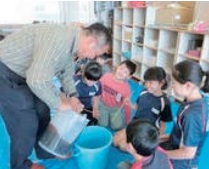

(Updated in January, 2021)
